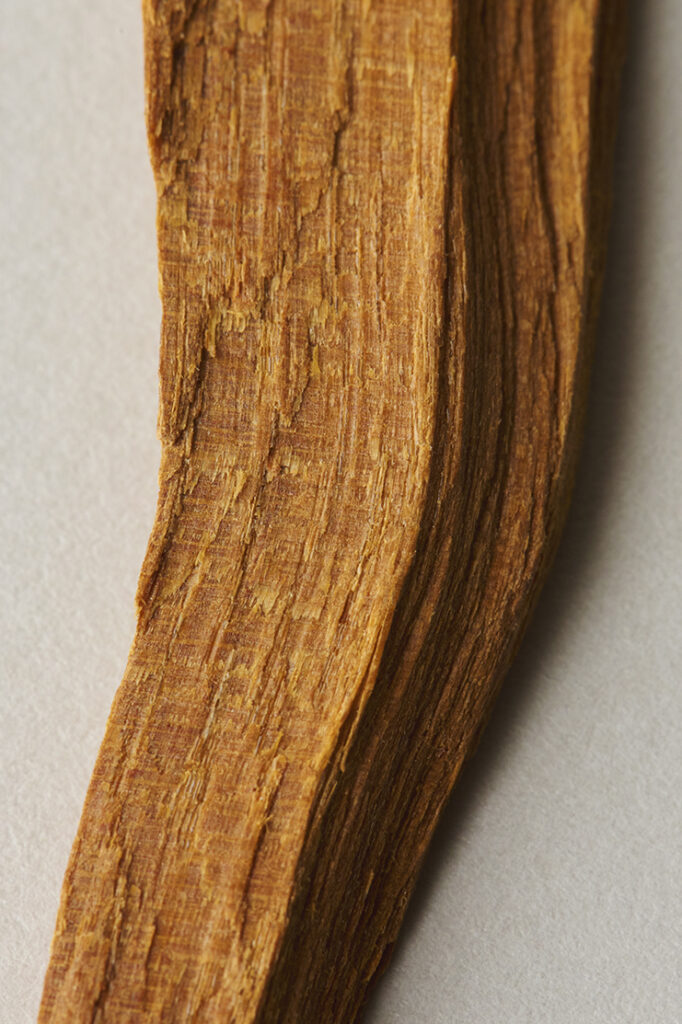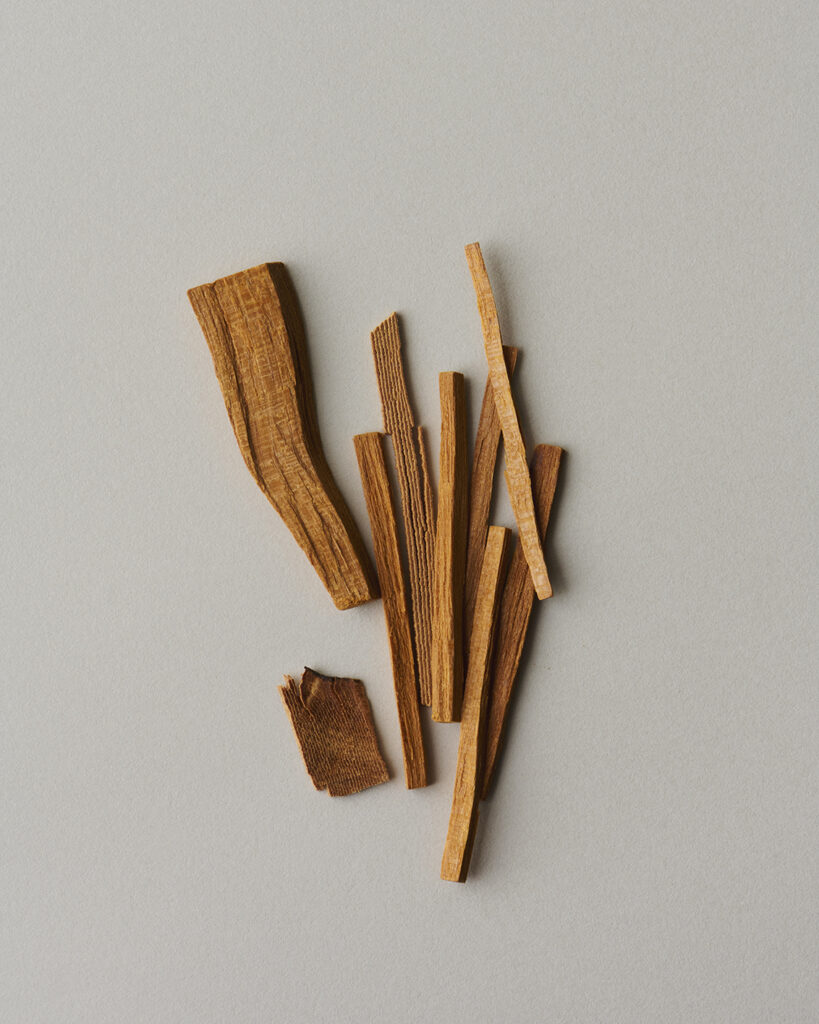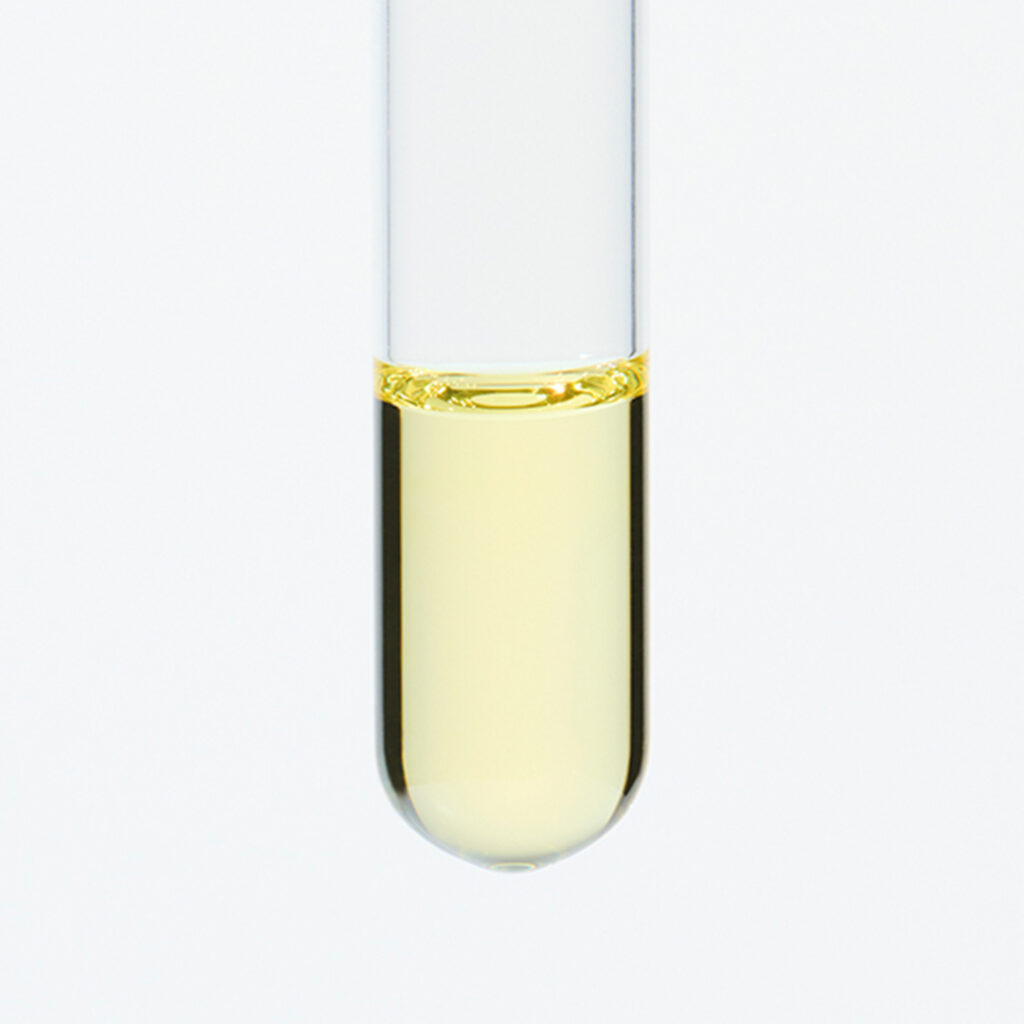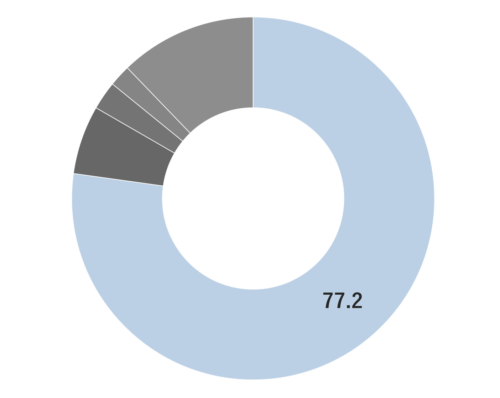Sandalwood belongs to the Santalaceae family and grows to a height of about 4 meters. Its surface is characterized by light gray and smooth bark, while its leaves are green, elongated, and oval-shaped, arranged opposite each other. The tree produces cream-colored flowers and small 1 cm fruits that transition from red to black as they ripen.
Sandalwood, often specifically referring to the variety from Mysore in southern India, has a rich history of use in various religious and everyday contexts. However, it has become endangered primarily due to illegal logging, and its production is now tightly controlled by the Indian government. Consequently, sandalwood has earned a reputation as a highly expensive raw material, making its supply challenging.



